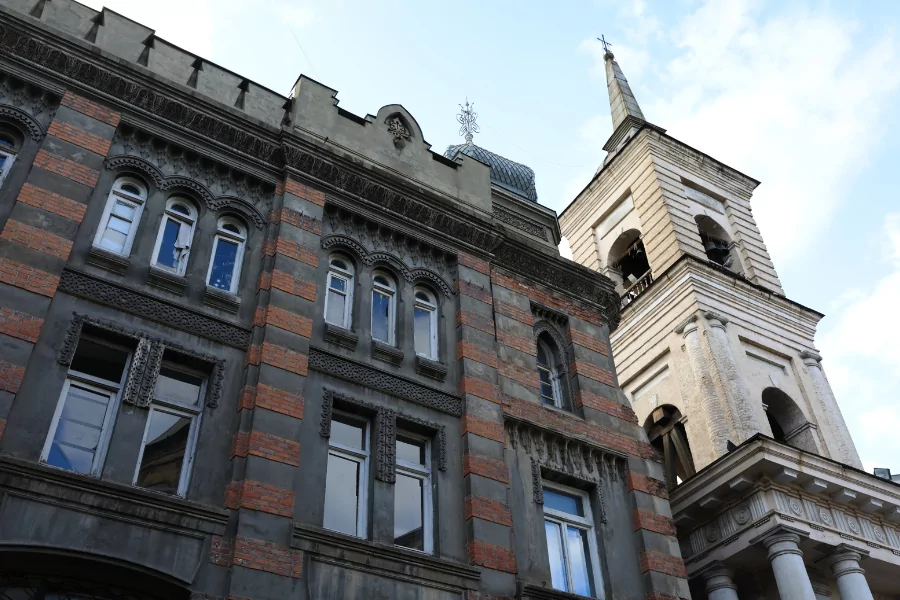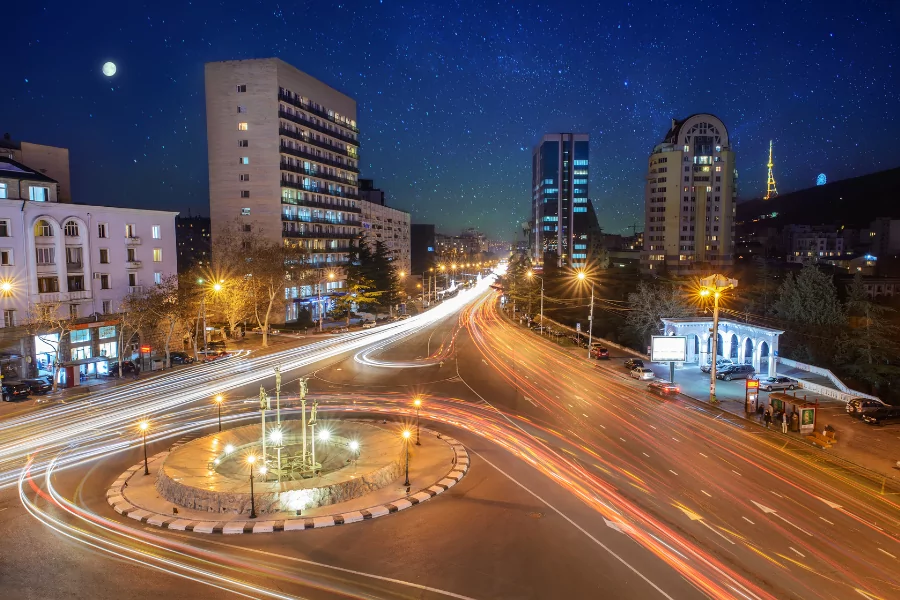The quality of construction in Georgia has been growing in recent years, with various innovative and sustainable methods being adopted to meet the ever-increasing demand for housing and commercial spaces. One such development is the growing popularity of green frame and white frame construction techniques.
In this blog post, we will delve into the key differences between green frame vs. white frame construction in Georgia, to help you make an informed decision when embarking on your next construction project.

Definitions: Green Frame and White Frame Construction
Before we dive into the details, let’s define these two popular construction methods:
Green Frame Construction: This environmentally friendly approach to construction focuses on using sustainable materials, energy-efficient designs, and eco-friendly practices throughout the building process. It aims to minimize the negative impact on the environment while promoting resource conservation, energy efficiency, and improved indoor air quality.
White Frame Construction: In contrast, white frame construction refers to a more traditional method, where the structure is built using conventional materials and techniques. The “white frame” term denotes the unfinished state of the building, which is left with bare walls, floors, and ceilings, allowing the buyer to customize the interior according to their preferences.
Comparing Green Frame vs. White Frame Construction in Georgia
To better understand the differences between green frame and white frame construction, let’s examine some key aspects:
Sustainability and Environmental Impact
Green Frame Construction:
- Utilizes sustainable materials, such as recycled or reclaimed wood, low-VOC (volatile organic compounds) paint, and energy-efficient windows
- Incorporates water-saving and energy-efficient fixtures and appliances
- Prioritizes proper insulation, natural lighting, and ventilation for improved indoor air quality
White Frame Construction:
- Generally uses traditional materials and methods, with little focus on sustainability
- May not prioritize energy efficiency or indoor air quality

Cost and Customization
Green Frame Construction:
- Initial construction costs may be higher due to the use of specialized materials and techniques
- Long-term savings through reduced energy and water consumption
- May limit customization options due to the need to adhere to eco-friendly practices
White Frame Construction:
- Typically less expensive in the initial construction phase
- Offers more customization options, as the buyer is responsible for finishing the interior
- May result in higher long-term costs due to less energy-efficient design and appliances
Durability and Maintenance
Green Frame Construction:
- Often designed with long-lasting, high-quality materials that require less maintenance
- Sustainable materials and eco-friendly practices may result in better overall building performance
- Enhanced durability can contribute to lower lifecycle costs
White Frame Construction:
- May use conventional materials that require more frequent maintenance and repairs
- Traditional construction techniques may not prioritize durability, leading to higher long-term costs
- May be more susceptible to wear and tear over time, depending on the quality of materials used
When comparing green frame vs. white frame construction in Georgia, it is essential to consider not only the initial costs and customization options but also the long-term benefits and environmental impact. Green frame construction, while potentially more expensive upfront, offers numerous advantages, including sustainability, energy efficiency, and durability.
Are you planning a construction project in Georgia and need expert legal guidance?
The team at NOMOS Law Firm is here to help you navigate the complex legal landscape and ensure that your project is compliant with all relevant regulations.

